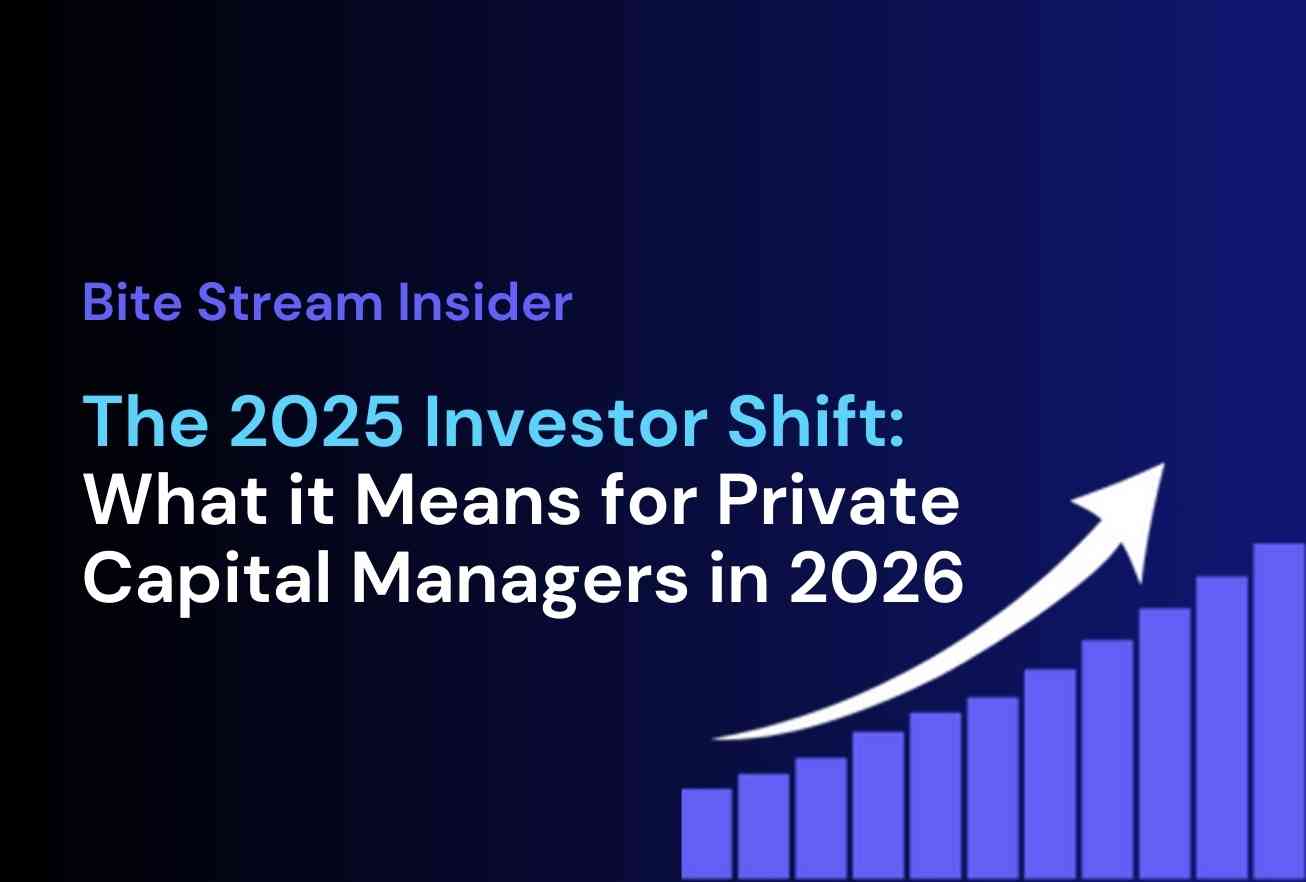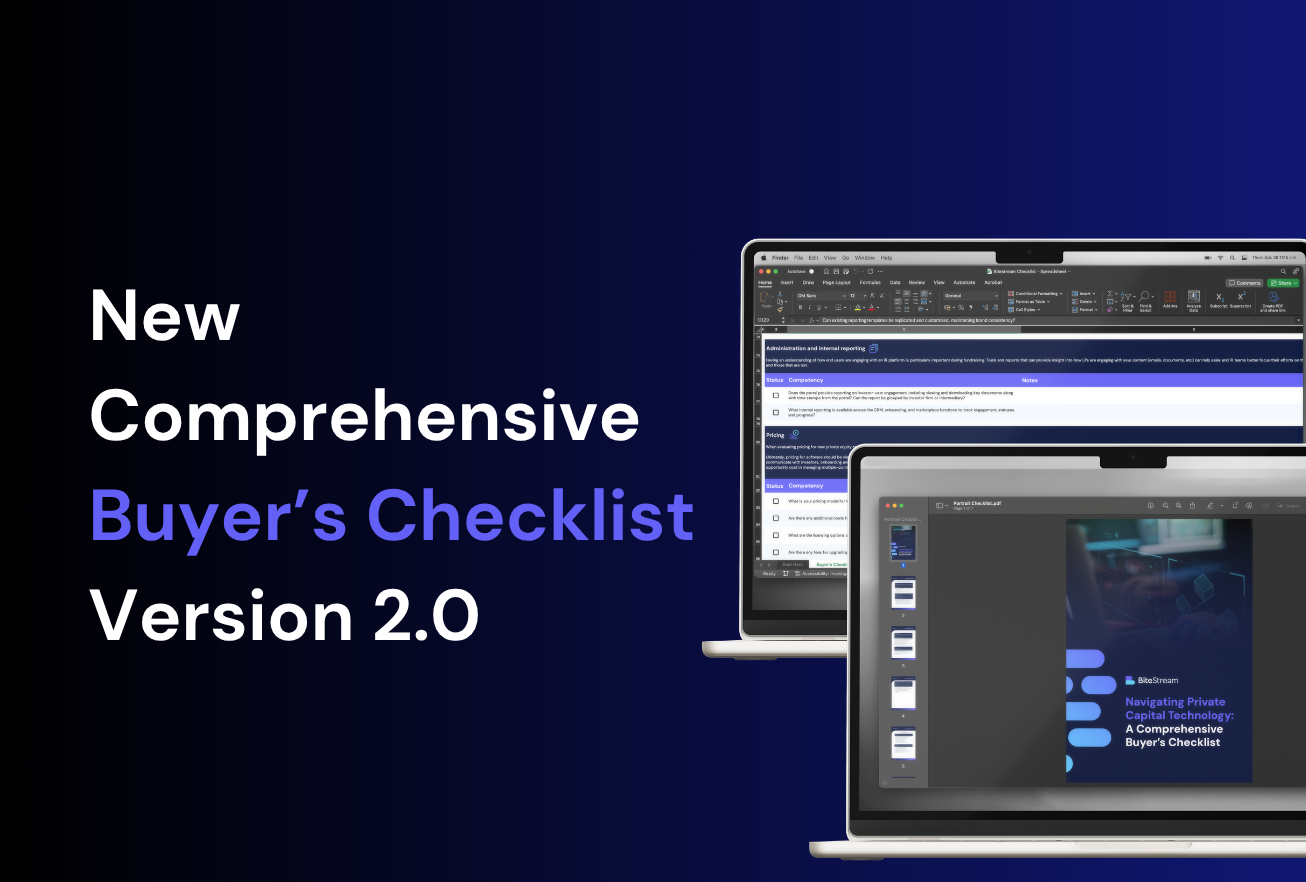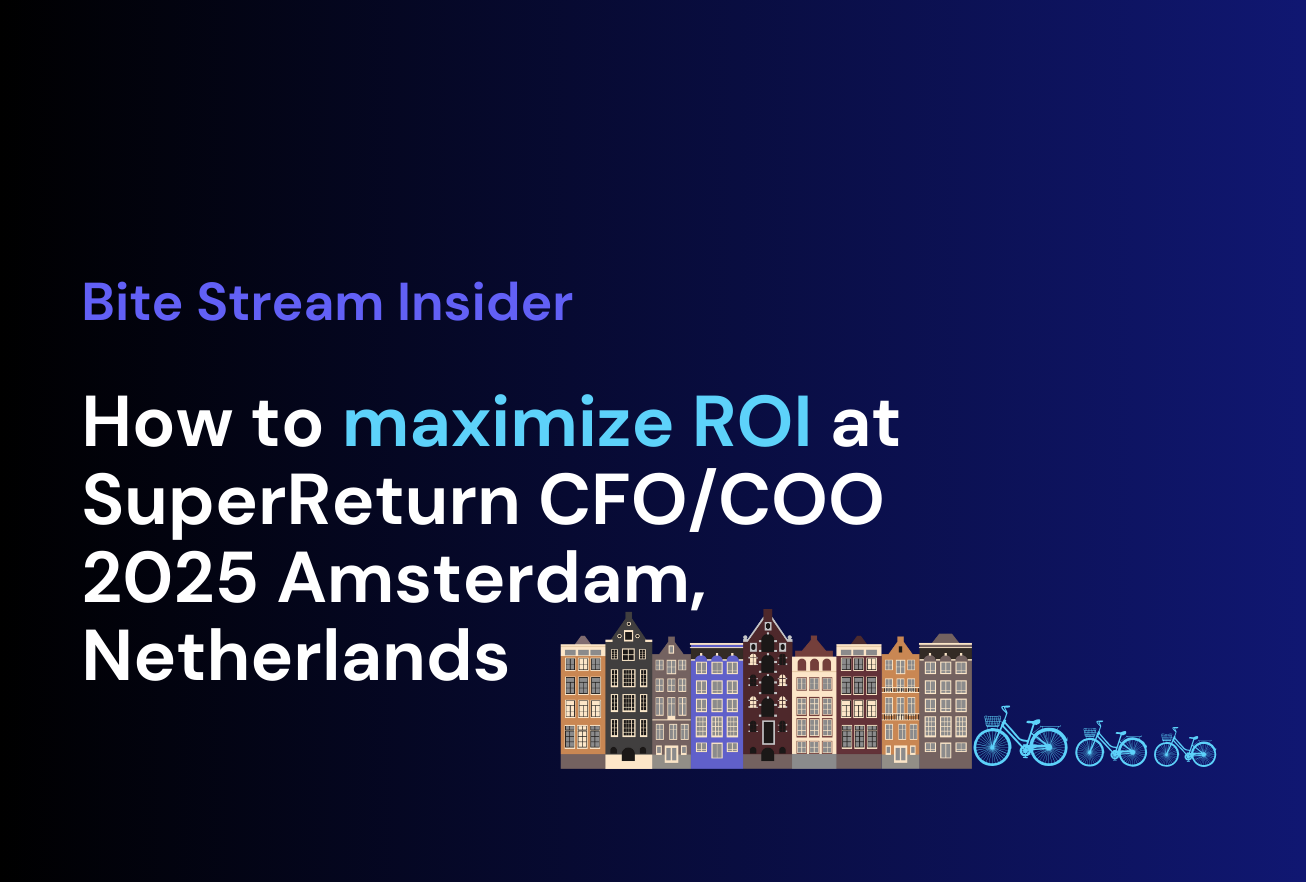A ‘Bite’ of Private Markets – delivering Facts, Insights & Strategies
A Close-up on Ultra-High-Net-Worth Women Investors
Vicky Mao
General Manager, China
Overview
Although women may represent a small number of the world’s ultra-high-net-worth investors, it is currently the highest it has ever been and if you consider women under 50, the numbers are even a few percentage points higher than the total average.[1] While previously, many ultra-high-net-worth women inherited their wealth, today, many are building their own wealth. In the United Kingdom, for example, women entrepreneurs are starting businesses at more than twice the rate of men such that by 2035, it is projected that women will earn more than 60% of the country’s personal wealth.[2]
Across different regions, ultra-high-net-worth women display different appetites for investment risk. Research indicates that Asian women investors have a higher tolerance for risk than their peers in the United States and the United Kingdom, however compared to men, women appear to have a lower tolerance for investment risk. BlackRock’s global data conveyed 72% of women rejecting investments considered riskier versus 59% of men.[3] Recent McKinsey research on affluent consumers also supports the fact that women are less inclined to assume high risks for the potential of higher returns than men primarily because women prioritise capital protection over alpha generation, and generally favour ‘passive’ investing over ‘active’ investing.[4] There is often also a generational aspect to consider, where the young professionals are more risk averse and often tend to go for long-term investments such as real estate.
This is not the only area where women investors differ from men. Data suggests that: their chief objective regarding wealth is to preserve it for long-term goals, they like self-directed investment portals offering autonomous decision-making, a majority prefers options when it comes to fee structures, they are not afraid to challenge advice, they prefer a transparent, interactive, and frequent communication with advisors and seek advisors who will understand their complete life picture and not just their financial and investment goals.[5] They often have a more patient approach to investing.
Environmental, social and governance (ESG) investing is also a high priority for women investors. They have shown to be especially interested in ESG concerns relating to healthcare, elderly care, education, and environment and climate change.
These characteristics of ultra-high-net-worth women investors are a good starting point for the investment and wealth management industry looking to tap into this growing sector. If, however, they are to win over women investors, they will also need to consider the importance of building diversity and inclusion within their practice’s staff.
Behind the Numbers
* In 2020, more than 6,000 people worldwide became ultras which reflects a decade of growth with a year-on-year growth of 9% since 2015. The ultra-bracket, consisting of individuals whose total financial wealth exceeds $100 million, i.e., above the highest UHNW wealth tier, now includes 60,000 people and a combined $22 trillion in investable wealth, representing 15% of the world’s total investable wealth.[6]
* Fidelity found female investors outperform men by 1% annually, and Warwick Business School in the UK gave women a nearly 2% edge. The reasons cited were their greater reliance on research, holding onto investments longer and greater risk diversification.[7]
* By 2030, American women are projected to control much of the $30 trillion in financial assets possessed by baby boomers.[8]
* In 2020, there are six economies where female entrepreneurship exceeds the male rate: all from Central & East Asia or Middle East & Africa.[9]
* The Forbes’ 2021 list of the World’s Billionaires included 328 women, up from 241 in 2020.[10]
* China leads the world in self-made female billionaires, contributing 61% of the global total, and South Korea, Thailand, Singapore, and Vietnam are all among the top 100 in the Forbes’ top 1,000 billionaires ranking.[11]
* From 2019 to 2023, women’s wealth should grow by a CAGR of 7.2%. [12]
* At the end of 2000, 14% of fund managers were women and at the end of 2019, 14% of fund managers were women.[13]


Market Challenges
Wealth managers looking to capture new clients among ultra-high-net-worth women need to start by overcoming a marked challenge in the industry’s overall lack of diversity and inclusion within their firms. This will also enable them to eliminate what many women investors find to be a culture of making assumptions about their needs, knowledge, and decision-making power. Having more women represented among the firm’s advisors and at the top level of a practice (i.e., as officers, directors, partners etc.) is likely to help reflect a heightened awareness and understanding of women investors.
A Boston Consulting Group (BCG) 2020 wealth management client survey found that only 39% of women had female relationship managers. Further exacerbating this problem is the BCG finding that decision makers in the financial services organisations are overwhelmingly white heterosexual men aged 45 and over.[16] This lack of diversity and inclusion contributing to a lesser understanding of women’s needs may be one of the reasons behind the finding that only 63% of women investors surveyed by Accenture Consulting were satisfied with their advisors or found them to be trustworthy.[17]
Using standard questionnaires or failing to ask female prospects certain questions during the discovery phase and/or when onboarding a new client by financial advisors also present an obstacle to gaining a better understanding of winning the trust of ultra-high-net-worth women investors. It also can be a factor in retaining the client. According to Pew Research data, women typically live five to seven years longer than men and also often marry men who are several years older.[18]
This leads to several years of widowhood. A finding by the widows’ advocacy group, Widowed Community, was that more than 70% of widows leave their financial adviser due to their perception that the adviser was primarily focused on their spouse.[19] Similarly, wealth managers do not actively engage with other female members of an affluent family which can result in their loss of a client when a transfer of wealth occurs. However, ultra-high-net-worth women and financial advisers both claim that it is easier to gain influence through daughters, as opposed to sons within Asian families.[20]
Another area which has been neglected is the affluent women investor’s emphasis on ESG investments. BCG research found “investing in thematic topics” to be among the top three financial goals for women with 64% saying they factor ESG concerns into their investment decision.[21] With this in mind, it is prudent for financial advisers to gain understanding and insight into what matters most to their ultra-high-net-worth women clients both in terms of their life and broader societal objectives. When serving ultra-high-net-worth heterosexual couples, it is important to seek out and listen to the woman’s goals and not relegate them behind her husband/partner’s goals.
Advisers also face challenges relating to regional differences among ultra-high-net-worth women. For example, within the Asian region, Japan is not reflective of the broader region’s distinction as the fastest-growing hub of wealth for women with a very low share of that region’s wealth.[22] This can be attributed to the fewer career advancement opportunities afforded them and the greater pressure on them to assume primary responsibility for their family’s care and household’s requirements. In the Middle East, cultural barriers that restrict women’s participation in financial matters reduce their opportunity to build wealth. A BCG survey found no Middle Eastern women indicating that they participated in financial decisions, in direct contrast to North America where women indicate they make the majority of wealth management decisions.[23] This is in contrast to other Asian nations where women’s workforce presence is higher (e.g., estimated 60% in Singapore and China with approximately one third holding management positions).[24] Another regional difference relates to how fast women’s wealth is growing. It is projected that North America will see women’s wealth growing at a CAGR of 6.9% from 2019 to 2023 in contrast to Western Europe’s 5.4%; Asia’s (excluding Japan’s) 10.4%; Japan’s 2.6%; Australia, New Zealand, and the Pacific Islands’ 6.5%; Latin America’s 10.3%; the Middle East and Africa’s 8.8%; and Eastern Europe’s 9.1%.[25]
Market Opportunities
Practically speaking, financial advisers can gain greater traction within the highly sought after ultra-high-net-worth women investor market by projecting an identity that reflects respect and value of women in the workforce. There is a real opportunity to add to a firm’s ranks more female advisers and to advance those who perform well to the upper levels of the organisation. Diversity and inclusion will be paramount especially with the younger generations. Also, important will be providing a robust, diversified suite of offering including alternatives and sustainable ESG investments that will accommodate the impact investing goals of ultra-high-net-worth women.
Advisers have an opportunity to revise their client-service models away from one which caters to the male client and toward one that is gender-neutral at least, and more so, has components which are specifically focused on women clients. This high-touch, personalised service model will need to recognise ultra-high-net-worth women as long-term investors with clear financial goals (i.e., building a family legacy to pass on to the next generation, funding for retirement, social impact, supporting a family business, etc.) and which deliver a strong value proposition to them. For multi-national financial advisory firms, it is important also to recognise some of the cultural nuances that distinguish women investors in different regions and nations.
For all financial advisers, it is incumbent that preconceived notions about ultra-high-net-worth women are shed and that each is treated as an individual with unique personal financial goals and investment drivers. To ensure that this attitude is adopted by all staff, awareness training is recommended.
To build the trusted adviser relationship, frequent substantive communications will be important, as well as educational events which impart real data and investment details which are highly valued by women investors. When it comes to specific investment categories, women investors want a full picture.
One area where a holistic view applies, and which represents a significant opportunity, is private equity. For ultra-high-net-worth women interested in these alternatives, it is important that they receive a detailed breakdown on how private equity work but also how managers’ fees are determined and are assured that their best interests are being served and that there are no conflicts of interest. Private alternatives surpassed the $4.5tr mark in 2019, with private equity assets expanded at a compound annual growth rate (CAGR) of 11% over the past ten year.[26]


Leveraging Alternative Assets
Ultra-high-net-worth women recognise alternative investments as an effective way to diversify their portfolios and build wealth with a holistic plan. According to the KKR Global Marco & Asset Allocation analysis, the average KKR ultra-high-net-worth investor has 46% of his or her assets in alternatives.[29]
It is easy to understand why. Alternatives have recorded impressive growth with Preqin predicting the industry to be worth $14 trillion (£11.5 trillion) by 2023), very much helped by technology.[30] For women in this category, investing in alternatives, from private equity and private credit to hedge funds, demands a heightened level of information, transparency, and trust with both their advisers and the investment provider. Also important to them is the ability to access information via secure, user-friendly platforms with intuitive functionality that makes it easy and convenient to access information on their alternative investments on a 24/7/365 basis. Today’s best-in-class fintech platforms offering alternatives feature a seamless, end-to-end investment process. At Bite Investments, our robust platform enables an account to be created, followed by log in to access the funds, due diligence to be performed and investments to be selected, and allocations to be requested for online investing, and finally, the signing of subscription documents. Thereafter, the investor and/or her advisor can continually track and obtain updates to monitor the investments’ performance. In essence, we have automated the entire investor journey for a high-quality investor experience which is just what the ultra-high-net-worth woman investor expects.
Risk warning: Investment is restricted to professional, high net worth and sophisticated investors who can demonstrate that they have sufficient knowledge and experience to understand the risks of investing. Risks include the potential loss of capital and limited liquidity. Investments are long term and it may not be possible to sell your investment prior to maturity. Past returns are not a reliable indicator of future performance.
Disclaimer: All Rights Reserved. No part of this publication may be reproduced, stored in a retrieval system or transmitted in any form by any means, electronic, mechanical, photocopying, recording or otherwise, without the prior permission of the publisher, Bite Investments. The facts of this fact sheet are believed to be correct at the time of publication but cannot be guaranteed. Please note that the findings, conclusions and recommendations that Bite Investments delivers are based on information gathered in good faith from both primary and secondary sources, whose accuracy we are not always in a position to guarantee. As such, Bite Investments, can accept no liability whatsoever for actions taken based on any information that may subsequently prove to be incorrect. This document has been prepared purely for information purposes, and nothing in this report should be construed as an offer, or the solicitation of an offer, to buy or sell any security, product, service or investment. Bite Investments (UK) Limited is an Appointed Representative of VCP Advisors Limited who are authorised and regulated by the Financial Conduct Authority under Firm Reference Number 523831.
1 Wealth-X, “2020 World Ultra-Wealth Report”, 2020
2 Spears, “Women’s wealth is projected to hit $93 trillion in 2023,” by Rasika Sittamparam, 13 May 2021
3 ClearView Financial Media, “Winning Women in Asia-Pacific, Insights for wealth managers direct from female clients”, September 2020
4 McKinsey & Company, “Women as the next wave of growth in US wealth management”, 29 July 2020
5 Accenture Consulting, “Reinventing Wealth Management for Women”, May 2017
6 BCG, “When Clients Take the Lead – Global Wealth 2021”, June 2021
7 Global Finance, “Women’s Wealth Grows, Private Banks Respond”, by Craig Mellow, 7 June 2021
8 McKinsey & Company, “Women as the next wave of growth in US wealth management”, 29 July 2020
9 GEM, “Global Entrepreneurship Monitor 2020/2021 Global Report”, May 2021
10 Forbes, “The Top Richest Women in The World in 2021”, by Deniz Cam, 6 April 2021
11 ClearView Financial Media, “Winning Women in Asia-Pacific, Insights for wealth managers direct from female clients”, September 2020
12 BCG, “Women in Wealth, Managing the Next Decade of Women’s Wealth”, April 2020
13 Morningstar, “Women in Investing: Morningstar’s View,” by Laura Lallos, March 2020
14 BCG, “Women in Wealth, Managing the Next Decade of Women’s Wealth”, April 2020
15 BCG, “Women in Wealth, Managing the Next Decade of Women’s Wealth”, April 2020
16 BCG, “Women in Wealth, Managing the Next Decade of Women’s Wealth”, April 2020
17 Accenture Consulting, “Reinventing Wealth Management for Women”, May 2017
18 Global Finance, “Women’s Wealth Grows, Private Banks Respond”, June 2021
19 Global Finance, “Women’s Wealth Grows, Private Banks Respond”, June 2021
20 ClearView Financial Media, “Winning Women in Asia-Pacific, Insights for wealth managers direct from female clients”, September 2020
21 BCG, “Women in Wealth, Managing the Next Decade of Women’s Wealth”, April 2020
22 BCG, “Women in Wealth, Managing the Next Decade of Women’s Wealth”, April 2020
23 BCG, “Women in Wealth, Managing the Next Decade of Women’s Wealth”, April 2020
24 ClearView Financial Media, “Winning Women in Asia-Pacific, Insights for wealth managers direct from female clients”, September 2020
25 BCG, “Women in Wealth, Managing the Next Decade of Women’s Wealth”, April 2020
26 Deloitte, “The growing private equity market”, Nov 2020
27 BofA Merrill Lynch, “Seeing the Unseen. The Role Gender Plays in Wealth Management”, Feb 2020
28 Morningstar, “Women in Investing: Morningstar’s View”, by Laura Lallos, March 2020
29 KKR Global Institute, Insights – Global Macro Trends, “The Ultra High Net Worth Investor: Coming of Age”, by Henry H. McVey, May 2017
30 Blackrock, “How might alternatives play a bigger role in investors’ portfolios?”, June 2020
Bite fact sheet – A Close-up on Ultra-High-Net-Worth Women Investors




